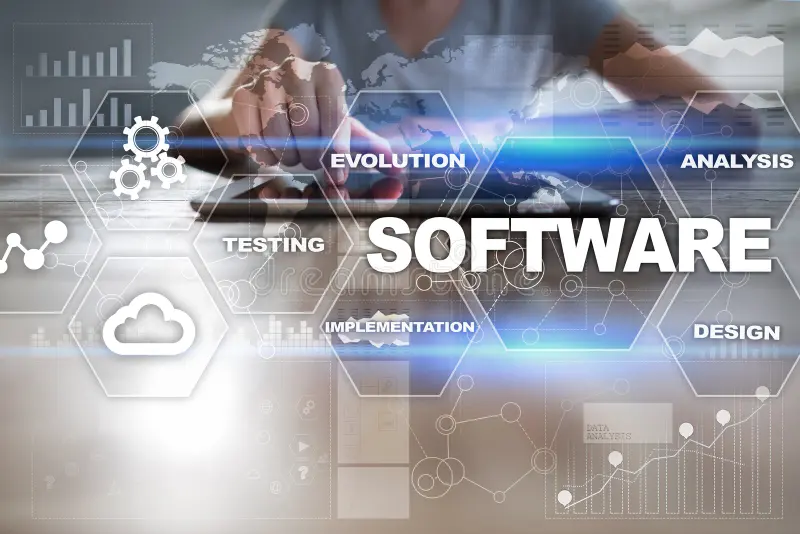Introduction: In 2025, building scalable and future-proof software products requires more than just coding expertise… it demands a strategic blend of architecture, design, testing, and user empathy. This blog provides a detailed playbook for startups, scaleups, and enterprises on how to build software that can grow with the user base and adapt to emerging trends.
- Define the Problem Clearly The success of any software product begins with understanding the user problem deeply. Product managers and developers must align on the core pain points the software will solve. Utilize design thinking and user story mapping to validate assumptions early.
- Embrace Modular Architecture In 2025, monolithic applications are legacy artifacts. Microservices and event-driven architecture ensure that features can evolve independently, making updates and scaling more efficient.
- Choose the Right Tech Stack Tech stacks now blend traditional and emerging tools. Consider:
- Frontend: React 19, Vue 4, or Svelte
- Backend: Node.js, Python, Go
- Database: PostgreSQL, MongoDB, or distributed databases like FaunaDB
- Hosting: Kubernetes on AWS/GCP/Azure
- Prioritize Performance and Speed With user expectations sky-high, loading speeds and responsiveness matter more than ever. Use lazy loading, server-side rendering, and performance monitoring tools like New Relic and Datadog.
- Automate Testing and QA Continuous testing is a norm in 2025. Tools like Cypress, Playwright, and Testim provide automated end-to-end testing. CI/CD pipelines with automated testing ensure stable deployments.
- Focus on User-Centered Design Design is a differentiator. Involve users through A/B testing, usability testing, and feedback loops. Tools like Figma and Maze are vital in collaborative design validation.
- Monitor, Analyze, Improve Once live, products must be continuously monitored using tools like Mixpanel, Google Analytics 5, and Hotjar. Real-time user insights help improve UX and feature prioritization.
- Budget for Maintenance and Iteration Post-launch costs can exceed initial development. Allocate time and budget for fixing bugs, enhancing features, and scaling infrastructure as your user base grows.
- Avoid Common Pitfalls
- Overengineering early-stage products
- Ignoring user feedback
- Failing to document APIs and internal processes
Conclusion Building software in 2025 is about creating adaptive, scalable, and secure products with users at the center. By following these best practices and staying ahead of industry shifts, teams can craft solutions that endure and succeed in the global market.











